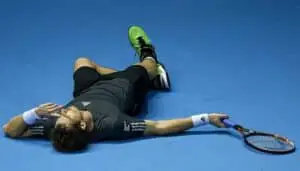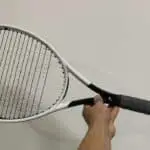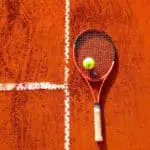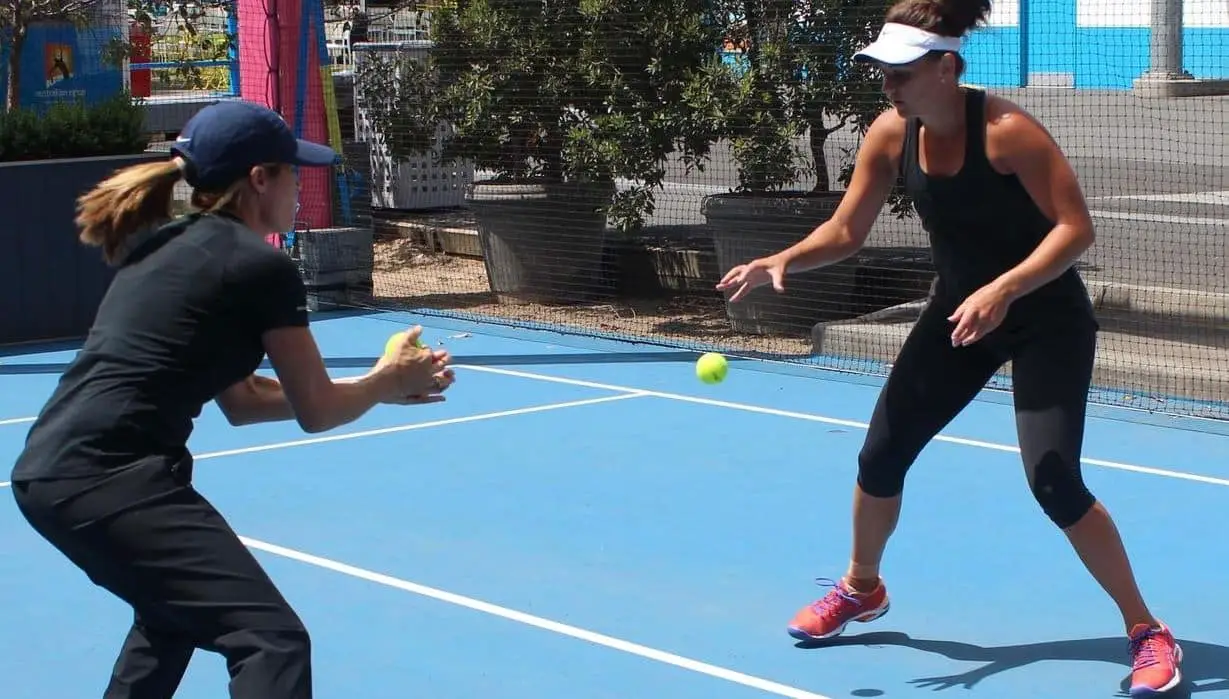
Should You Go to the Gym If You Play Tennis?
Playing tennis requires strength and flexibility. Imagine carrying an 11 oz racquet, swinging, and running with high intensity in every direction for 2 or three hours.
So tennis is a physically demanding sport and a player should consider improving his overall fitness to keep up with the intensity and have a chance to progress down the road.
Therefore, we highly recommend to any tennis player go to the gym as it can drastically improve his fitness, strength, and endurance. The frequency and intensity of the gym exercises depend on the body of the player and his specific needs.
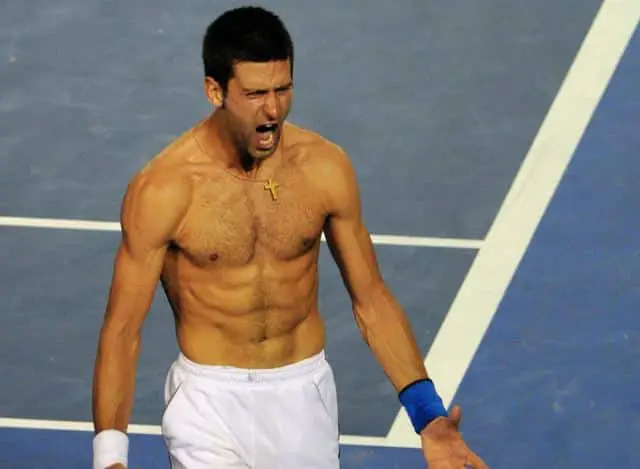
Should You Go to the Gym Before or After Tennis?
Generally, it is preferable to go to the gym after tennis.
Nevertheless, it comes down to your personal preferences and your specific body state and needs.
Here are some factors to consider in order to decide whether to go to the gym before or after tennis.
Energy Level
Some players are exhausted after a tennis session and need lots of time to recover. In this case, going to the gym a few minutes/hours before will help them warm up and get energized and ready for the court.
Others can quickly feel fresh a few minutes or hours after tennis. In this case, lifting weights, calisthenics or cardio can massively improve their muscle strength and help them recover efficiently.
Recovery
If you want a healthy recovery, do like most athletes do and head to the gym after your tennis. You will beneficiate from:
- Better muscle recovery and adaptation
- Removing fatigue and soreness using stretching exercises
- Avoiding injuries as your body is already activated and warmed up
Schedule
Not everyone can afford the time to go to the gym before tennis. In this case, the players that I know personally work out for 15 to 30 minutes after tennis.
This way they can benefit from building muscle strength and enjoying their tennis simultaneously.
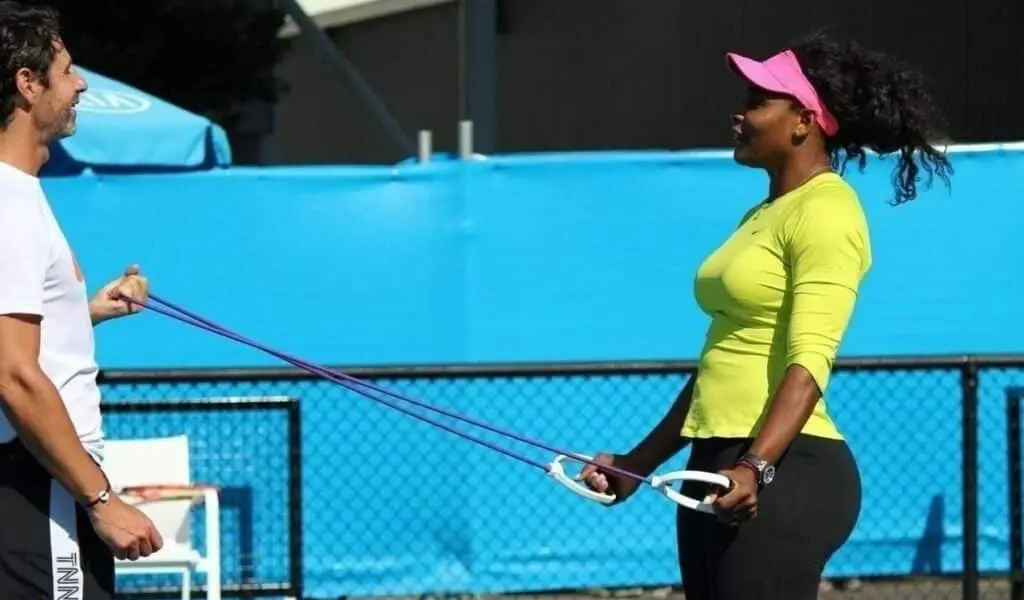
How Often Should You Go to the Gym When You Play Tennis?
The frequency of going to the gym for a tennis player depends on factors like:
- The goals: The frequency of workouts depends on your specific goals of you as a tennis player. Training for competitions requires a daily schedule while playing amateur tennis requires only two light gym sessions or stretching exercises.
- Fitness level: When a tennis player always feels soreness and fatigue in his joints and articulations, it means that he should build enough muscles to keep up with the effort put into tennis.
To answer the question, you should start with a moderate gym schedule and see how your body responds.
Then you can adjust the frequency, the duration, and the weights you lift or the miles you run according to your needs and your ability to recover.
You can also consult a professional fitness coach or online experts to find the best gym program for your tennis needs.
Here’s an example: Tennis Fitness Program.
What Is the Recommended Duration for Gym Workouts When Playing Tennis?
According to guidelines from the Centers for Disease Control and Prevention (CDC), it is recommended to aim for at least 150 minutes of moderate-intensity aerobic activity or 75 minutes of vigorous-intensity aerobic activity per week.
This translates to going for a 10-20 minutes workout session daily, or a 30-60 minutes workout session three times a week.
Which Muscles Are Most Important for Tennis Players to Strengthen?
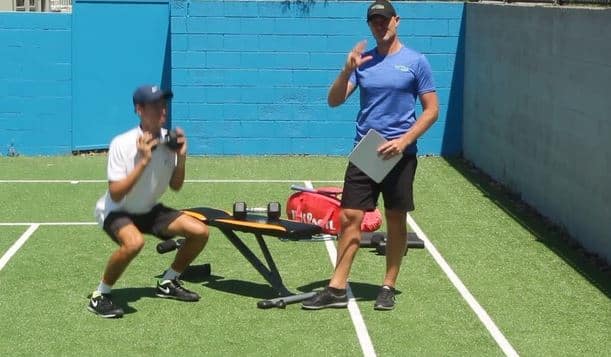
In general, these are the most important muscles for high-performant tennis athletes:
- Leg muscles: like quadriceps, calves, and hamstrings. They are the source of power and the fundamental of good footwork and endurance.
- Shoulder Muscles: Especially the rotator cuff and the deltoids, which are crucial for the body rotation to generate power and speed.
- Forearm muscles: Essential for holding the racquet and creating spin.
- Core Muscles: Including pelvis, lower back, hips, and stomach, which are important for stability, balance, rotation, and quick movements.
- Gluteal Muscles: They are located around the buttock and can help for getting stability and high energy transfer efficiency between the upper body and the lower body.
Therefore, you should focus more on these muscles without ignoring the other parts of your body. You should do the following exercises at least once a week:
- Squats and burpees
- Lunges
- Plyometric exercises
- Shoulder press
- Core exercises: crunches, Russian twists, planks, and many more.
Please get the assistance of a certified fitness trainer especially if you have never exercised before or if you are prone to injuries.



